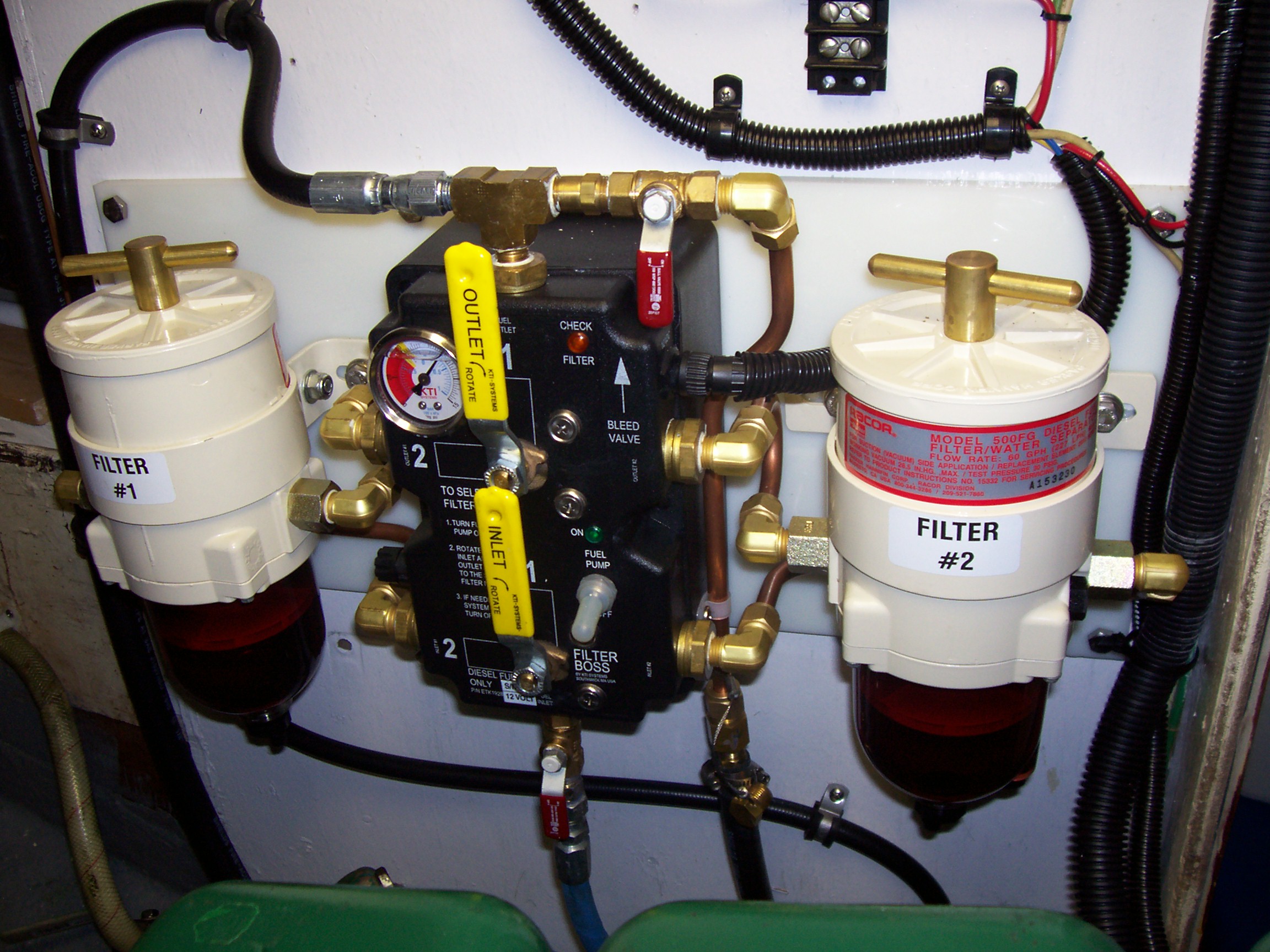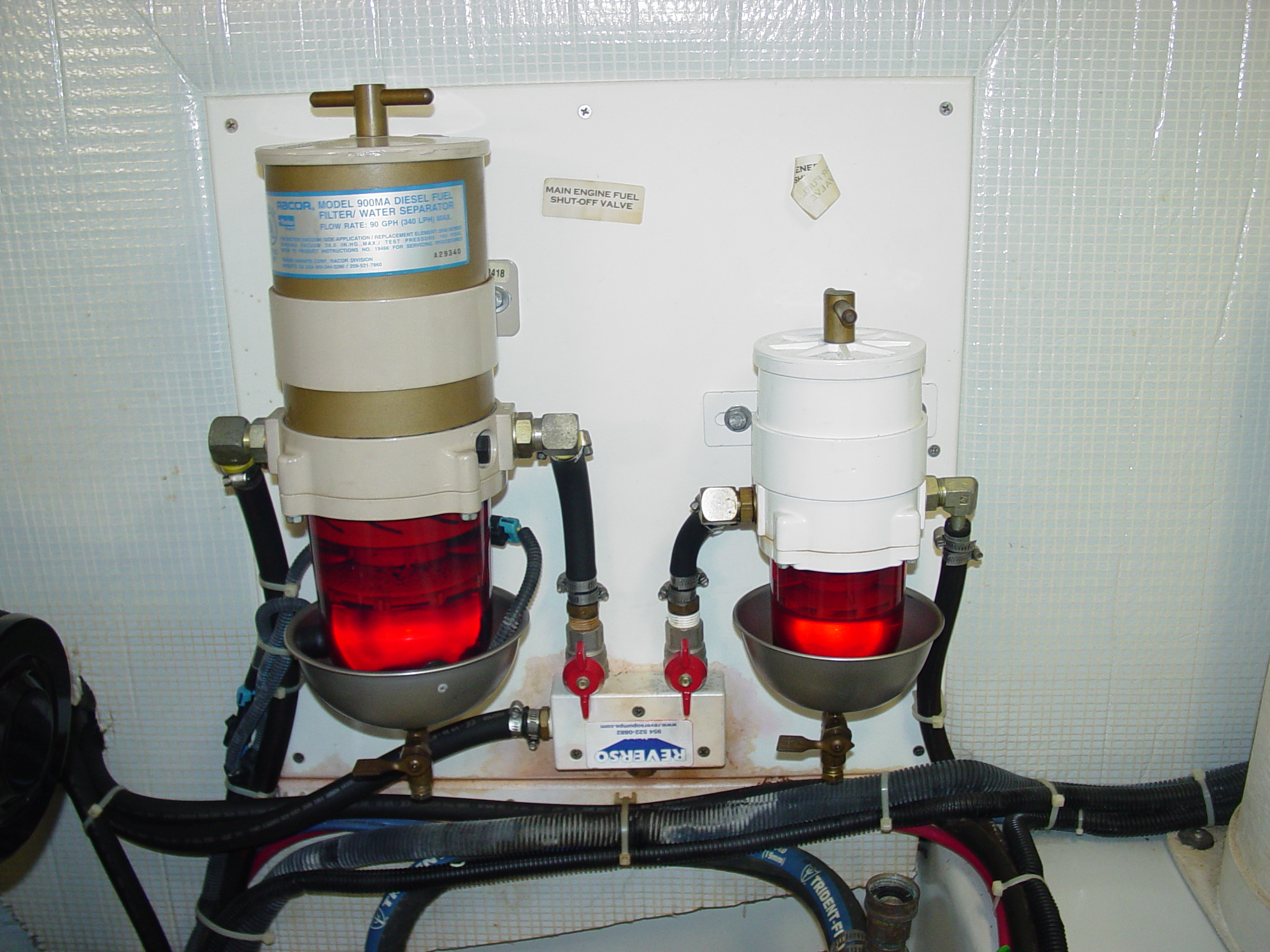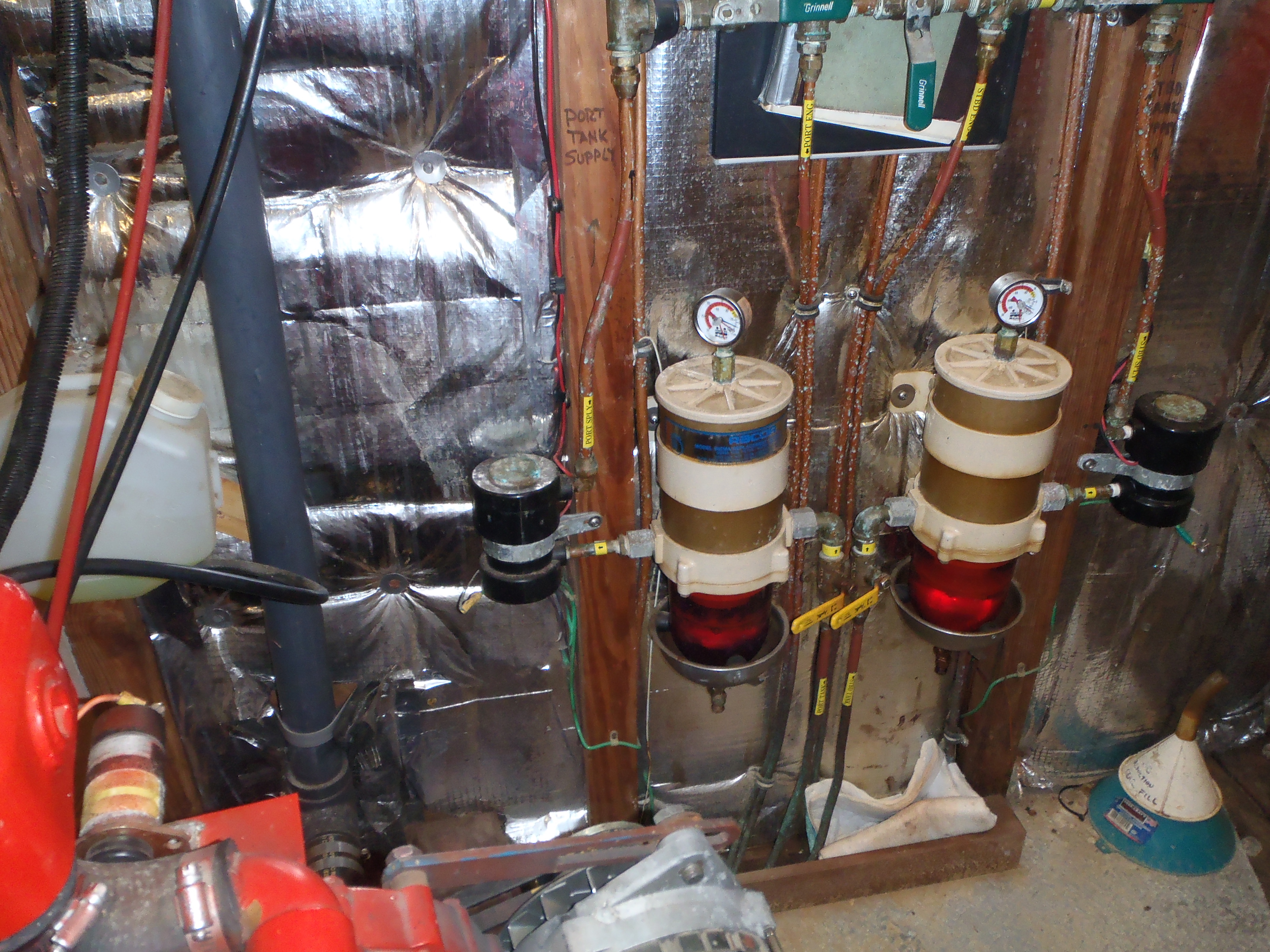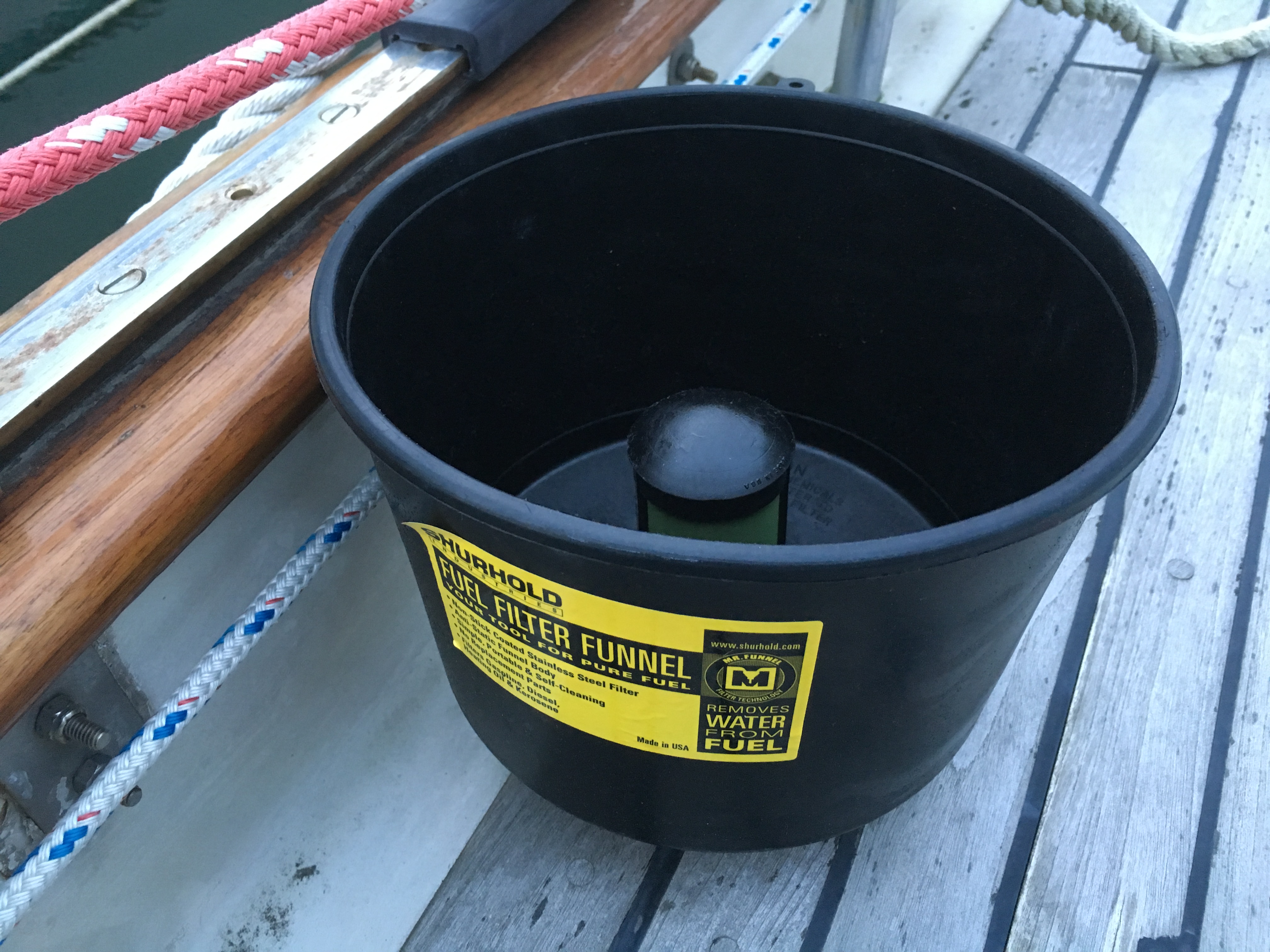Diesel Fuel Care: Maintain the Whole System

According to national repair statistics, nine out of 10 problems associated with diesel engines will be the result of contaminated fuel. Here’s how to keep a fuel system in top condition and avoid becoming a statistic.
Fuel — And So Much More
One of the major differences between gasoline and diesel engines is the way they use fuel. Gasoline is simply a fuel that’s burned to produce heat and power, but diesel fuel additionally acts as a lubricant, which is why it feels oily. Diesel engines also circulate more fuel than is needed to produce power and this extra fuel helps lubricate the engine and carries away excess heat.
The key to keeping a diesel engine happy is clean fuel. The reason for all of this clean fuel hubbub has to do with the engine’s fuel injectors. These precision-tuned components deliver a precise, ultra-fine mist into the combustion chamber. They don’t like contaminants one bit and even microscopic specks of dirt or water can wreak havoc on the combustion process, not to mention injectors and Junior’s college fund.
Filters — The First Line of Defense
A typical diesel fuel system contains a larger primary filter mounted near the engine and a smaller secondary filter mounted on the engine itself. The primary filter does the lion’s share of fuel filtration, while the finer mesh secondary unit does the clean-up work by filtering out any microscopic particles of grit and water that make it past the primary.
Many diesels also have a second primary filter plumbed into their fuel system, allowing operators to bypass a clogged filter and keep the engine running.
Primary filters should have a clear sediment bowl, so they can be visually checked for water or sediment. Fuel filters should be changed when dirty, but prior to affecting engine performance. This can be accomplished by replacing filters at regular intervals (X amount of hours or annually for example). A more accurate way to monitor filter performance is by installing a vacuum gauge at the primary filter.
Vacuum gauges provide a visual representation of fuel flow restriction through the filter or conversely, how hard it is for the engine to suck fuel through it. The more clogged the filter is, the higher the gauge pressure, which is a good visual indicator of filter performance and when it should be replaced.
To help keep bad fuel from entering a tank in the first place, use a multi-stage fuel filter funnel when taking on fuel.
One final note on fueling — even with that fancy new filter funnel and other such precautions, the best option is always purchasing the cleanest fuel possible. Choose marinas that have a high rate of fuel sales (and thus fuel turnover). One of the best marinas I’ve ever seen in this regard was located beside a major highway and also served as a truck stop.
If there are any doubts about the cleanliness of the fuel down at the Rake 'n' Scrape Fritter Shack and Marina, pump some into a clean glass jar before fueling and let it sit a few minutes, after which water and dirt will settle to the bottom. If either is present, buy fuel somewhere else.
Buying Clean Fuel is Only Half the Battle
Two of the biggest enemies in the battle for clean fuel are water contamination once onboard and during long term storage. Diesels use pressure to generate combustion and when water enters the engine it turns to steam, which can literally blow injectors to pieces. Water also mixes with the sulfur in fuel to create sulfuric acid (sort of like the blood of those critters in the “Alien” movies) that can cause internal engine parts to corrode.
So how does water get into a fuel tank? One way is through the tank’s vent system. Unlike the closed fuel system in a car, a boat’s tank is vented and open to the atmosphere. This open system lets in moisture, where it can condense on the inside walls of the tank due to daily heating and cooling cycles. The more air in the tank, the more moisture and potential condensation. To combat this, the recommendation is to keep a fuel tank fully topped off (up to 95%) particularly during long term storage.
Another common point of entry is via the tank deck fill due to damaged or missing O-rings. Fuel fills located on side decks are especially vulnerable in this regard (particularly on sailboats) because they can ship water during rough passages, heavy rains or even during wash downs.
Long-Term Commitment
When water enters a fuel tank it eventually separates and settles to the bottom — a common problem with fuel stored for a long time. That’s when it gets buggy. Microbes thrive in this water and their only goal in life is to eat and multiply. Sure, adding biocides after the fact kills the little buggers, but as any good hit man knows killing is the easy part — the problem is disposing of the bodies.
In the case of dead microbes, they’ll lie in wait at the bottom of the fuel tank until that first rough passage, then rise up zombie-like to clog filters and in general wreak vengeance on the fuel system or worse still, the engine.
The best strategy (particularly for long-term storage) is treating clean fuel with stabilizers and biocides before a bug issue occurs and preventing water from entering the tank in the first place. No water, no critters.
The 10 Commandments of Diesel Fuel Care
- Buy fuel from a reliable source
- Filter fuel as it comes aboard
- Add fuel stabilizer and biocides, particularly in the case of long term storage.
- Keep water out!
- Install a robust fuel filtration system with dual primary filters
- Install a vacuum gauge to monitor fuel filter performance.
- Regularly check filter bowls for signs of contamination.
- Change all fuel filters / elements on a regular basis per the engine manufacturer’s recommendations.
- Keep fuel tanks clean and clean dirty tanks immediately.
- Install an onboard fuel polishing system.
By Capt. Frank Lanier
Captain Frank Lanier is a SAMS® Accredited Marine Surveyor with more than 40 years of experience in the marine and diving industry. He’s also an author, public speaker, and multiple award-winning journalist whose articles on seamanship, marine electronics, vessel maintenance and consumer reports appear regularly in numerous marine publications worldwide. He can be reached via his website at www.captfklanier.com.


